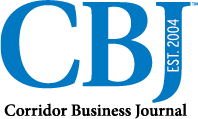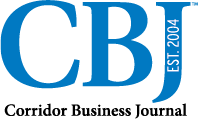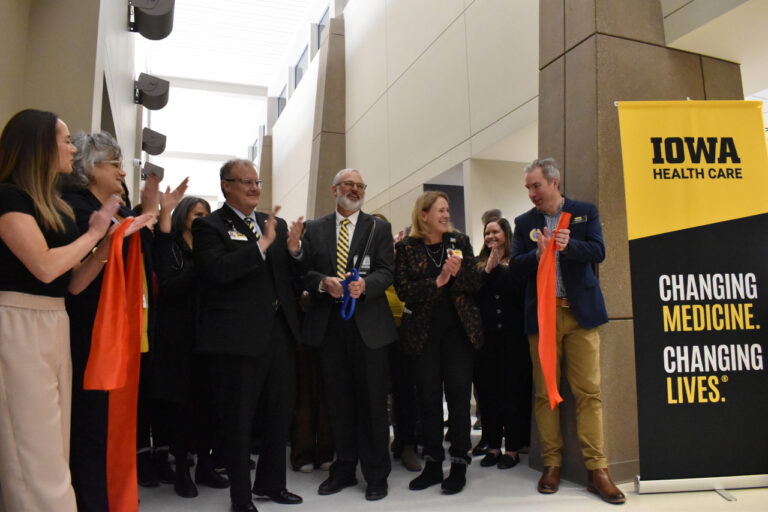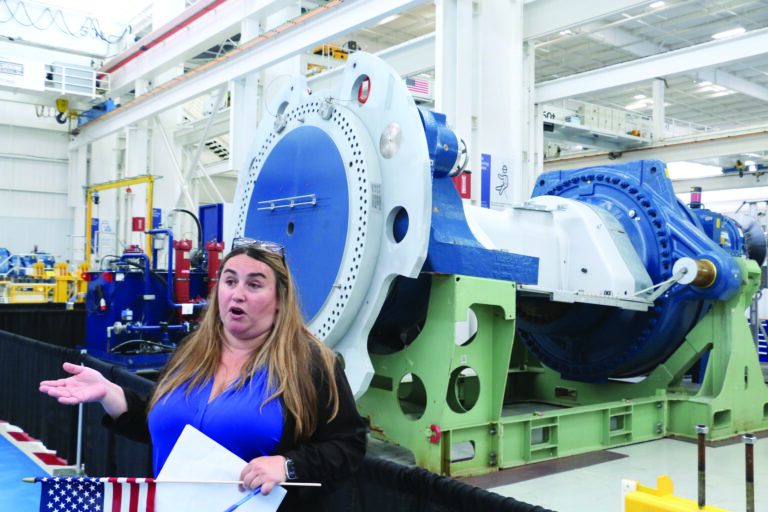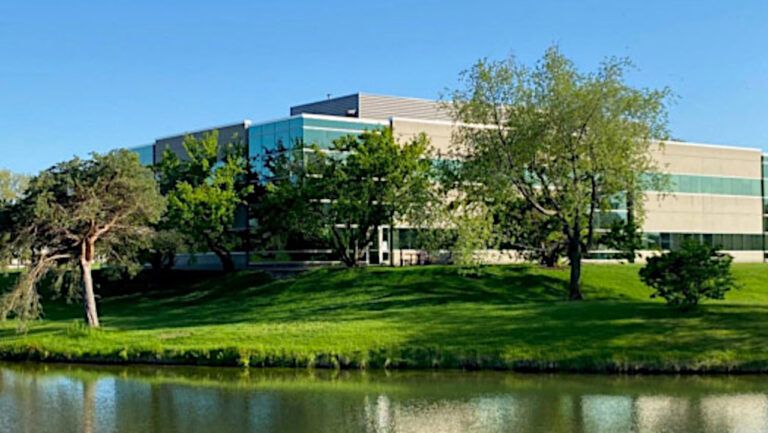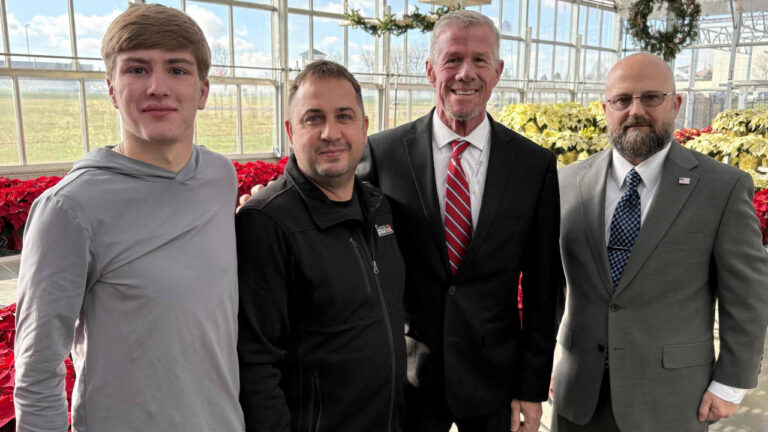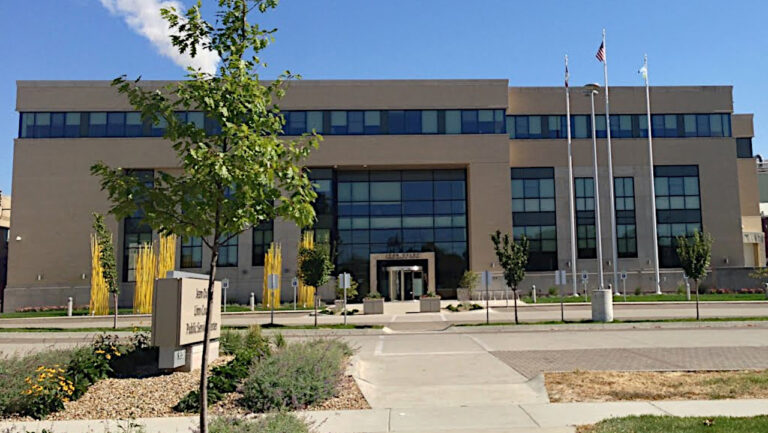If you were a Midwest kid playing sports in the ‘80s or ‘90s, you can probably still smell it — the old, dusty rubber and plastic, years of baked-in sweat from previous kid athletes emanating from the sports equipment shed when the coach released the padlock.
Your sport was seasonal, your athletic accoutrements hand-me-downs, and games were held in school gymnasiums or on dusty fields maintained by said coach (who was probably a teammate’s dad). Your parents may have splurged on new cleats or sneakers, since feet grow and shoes wear out.
Those days are largely behind us. Youth sports has transformed into a booming and sophisticated enterprise, driven by early specialization, club and travel teams, and increasingly intensive training. According to the Aspen Institute’s 2025 Project Play report, youth sports generate $40 billion in annual revenue.
As more and more teams and leagues are established and kids’ participation levels rise, the need for adequate facilities grows — and the Corridor is stepping up.
The city of North Liberty has had several such youth facilities crop up in the last five to six years. In 2020, Diamond Dreams Sports Academy on Stoner Court built a 22,700-square-foot facility geared for softball and baseball use. The Palestra, a 36,000-square-foot all-purpose sports complex on Penn Street, opened in July 2024. And this September, Murray Elite Basketball is breaking ground on the 56,000-square-foot Corda Sports Center in the Liberty Commons subdivision.
Surrounding cities have largely kept the pace as well. Coralville is seeking bids to create additional baseball diamonds for its Youth Sports Park, and it welcomed GreenState Family Fieldhouse at Xtream Arena in 2020.
In Iowa City, Iowa United Volleyball is undergoing efforts to remodel a 37,500-square-foot portion of the former Pearson campus on Dodge Street.
And in Marion, the 128-acre baseball and softball complex Prospect Meadows — opened in 2019 — attracted 141,000 people last year and generated $14.9 million in revenue.
Palestra an ‘asset to the community’
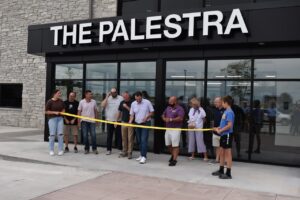
Palestra Director of Operations Adam Sanchez said the facility has stayed consistently busy since it opened a year ago. Mornings and afternoons typically see 50 to 60 people participate in open gym activities, while evenings are reserved for club practices. Weekends are occupied by tournaments, leagues and meets, and rental time slots stay full.
“We have had most (of) our weekends full from October through June with basketball and volleyball tournaments,” Mr. Sanchez wrote in an email. “We are looking to grow the non-occupied months with different activities for the community and different types of activities other than basketball or volleyball” which are the most commonly represented sports, he added.
“(The Palestra) has been a huge asset to the community and one that continues to gain great traction every day,” he added.
Economic impact
The Iowa City Area Sports Commission is a nonprofit division of Think Iowa City focused on attracting, creating and managing sporting events in the Iowa City area.
For fiscal year 2024, the organization reported an estimated economic impact of $16.3 million from the 38 sporting and special events it produced and supported within the community. Approximately 30 of those 38 events were related to youth athletics, said Luke Eustice, Iowa City Area Sports Commission director.
By offering additional courts, facilities like The Palestra and Corda Sports Center enable the Commission to attract more events.
“We’re able to bring more teams in, which creates more economic impact,” Mr. Eustice said. In the past, it was not uncommon for the Commission to pass on an opportunity to draw an event because the facilities just weren’t there. Recently, The Palestra hosted a tournament of 104 basketball teams representing grades three through eight.
Without the Palestra, “I would not have been able to do that,” Mr. Eustice said.
North Liberty City Administrator Ryan Heiar pointed out that the sizable tournament drew parents and grandparents, as well as athletes. And while property taxes generated by sports facilities are a concrete example of their impact on the city, “more important than that, I believe, is just the influx of people that will be coming into the community,” he said.
Next door to The Palestra is a 38,000-square-foot family leisure hub housing a Pizza Ranch, a FunZone Arcade and entertainment center BowlDogs. Its strategic placement gives families an opportunity to pass the time between games, while ensuring dollars stay local.
“It’s nice to see that the private sector is, in this case, getting involved to solve those needs,” Mr. Heiar said. Having private entities capitalize on the youth athletic experience means the city saves on expenditures related to the creation of new spaces. “I think that’s helpful, and there’s ways for us to partner with (private entities) as well,” he said.
Mr. Heiar said incentives are considered based on a project’s potential to enhance residents’ quality of life. In March, the North Liberty City Council approved $1.3 million in tax increment financing for the Corda Sports Center.
The Corda Sports Center is “going to add to the economy through bringing more people into town, allowing the area to host bigger tournaments,” Mr. Heiar said. Recipients of city incentives are usually required to offer something in return to better the community, such as providing a set number of free sessions or services for underserved residents.
Corda Sports Center
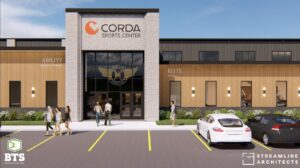
The $14 million Corda Sports Center will be multi-faceted. Basketball, volleyball, pickleball courts and a walking track are planned for the facility, which is reserving 7,500 square feet for Ability Physical Therapy and Elite Fitness. A classroom is planned for the first level and a conference room and multi-purpose room is planned for the second.
Wanting to take an integrated approach to youth athletes, Murray Elite plans to partner with local organizations to address issues like financial literacy, career readiness, leadership development and mental health.
“The most important thing for us (is) giving the kids a foundation, developing their skills and really building them holistically,” said Kenyon Murray, director of development with Murray Elite.
Issues like burnout will be addressed by helping participants find balance and connection outside their given sport.
“Being able to give the kids these tools to be able to work through things like that day to day, we know, will help them overall be the best versions of themselves,” Mr. Murray said.
The facility is expected to be completed by October 2026.
It all adds up
Sports have always been a big deal, Mr. Eustice said, but he attributes the proliferation of youth sports facilities to parents, who may see athletics as a gateway to college scholarships or the prestige that comes from playing at a collegiate level. “(Parents) want their kids to be successful. So you just get serious early,” he added.
In 2024, the average sports family in the U.S. spent $1,016 on their child’s primary sport. This was a 46% increase from 2019, according to the Aspen Institute’s latest parent survey in partnership with Utah State University and Louisiana Tech University.
The survey found that higher costs are largely fueled by increased spending on team registrations, out-of-town travel and lodging, and personalized training such as individual camps and private coaching.
Parents of Iowa Vibe Volleyball athletes, one of the clubs utilizing The Palestra, can spend anywhere from a little under $1,000 to more than $1,800 on membership dues, in addition to travel expenses. Dues cover rental costs, coaching staff, uniforms, equipment and administrative-related expenses, said Iowa Vibe Volleyball Executive President and President of C.HOW Sports Marketing Casey Hauan.
The appeal of club sports
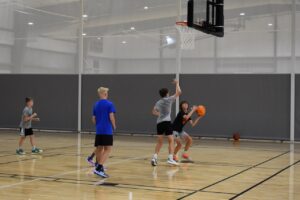
With added expenses, some parents may wonder what ultra-competitive youth sports offers in terms of advantages.
Emphasizing that while club sports is a family decision, “the advantage is that you’re going to get a program that is designed to start you at the ground floor and then build you up and grow with you,” Mr. Hauan said. “We are developing young women and young men as well. Whether that’s through our sports psychology coach, whether that’s through our fitness and nutrition programs — it’s kind of like getting a gym membership plus your club membership … all rolled into one. So you’re really developing that body and mind and then playing volleyball while you’re doing it.”
For parents with high hopes of having their child advance to the collegiate level, the pipeline from club sports to college sports is a real possibility, Mr. Hauan said.
“There are recruiting services that do nothing but focus on club sports athletes and helping them to get noticed and recruited,” he said.
Regardless of whether youth sports are played at the recreational level or through competitive club programs, coaches and athletic leaders agree: the benefits can be long-lasting and far-reaching in terms of life lessons and character development.
“You teach them more about life when you don’t win,” Mr. Murray said. “How do you bounce back from that? How do you take a loss and say, ‘Okay, I need to do this better.’ Winning versus development — there’s no comparison. Development is the more important thing, because you can teach kids (about) life through the game that will take them further than any trophy they can win at fifth grade.”
